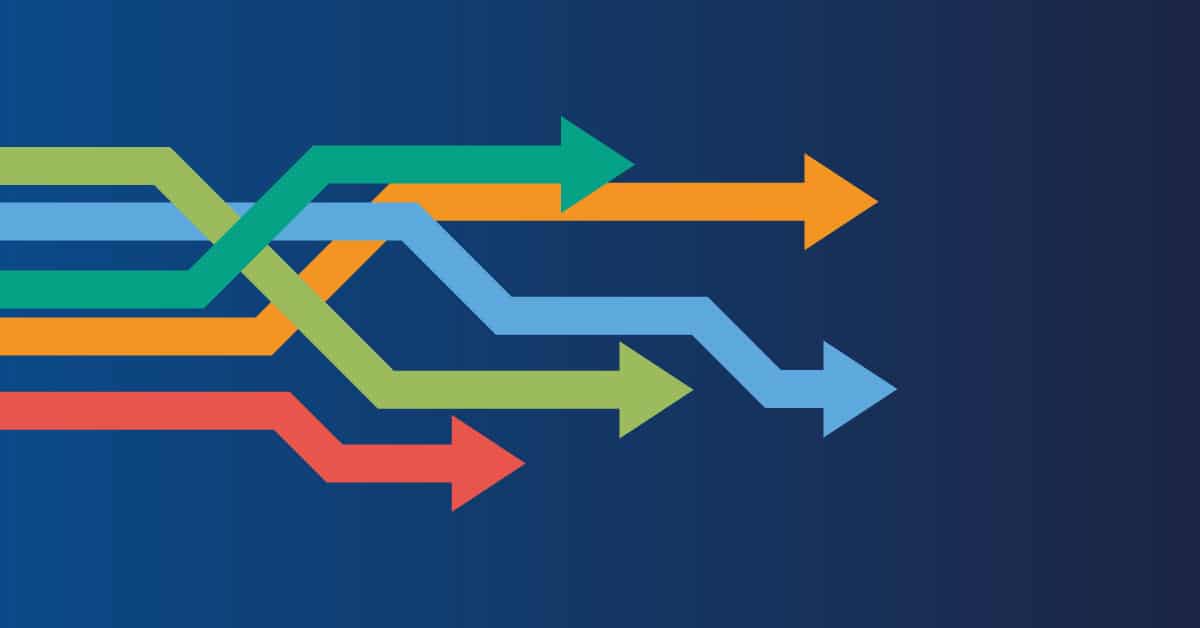The Solution to Privilege Vulnerabilities: Cloud PAM
Let’s dive deeper into how privileged accounts create vulnerabilities and ways Cloud PAM technology solves the problem. Conflicts of interest are always possible when humans are involved in a process. And the CI/CD pipeline depends on human involvement.
Users produce the code, promote it for testing, and promote it again to production. This can lead to situations where individuals may be required to take multiple roles, creating a conflict of interest. Developers should never be promoting code to production themselves. But without visibility into who has what access when, it’s difficult to prevent this — particularly when staffing shortages occur. Cloud PAM tools provide the means to grant access appropriately, oversee how access is being used, and take it away after the task has been completed.
In the CI/CD pipeline, standing privilege is dangerous. A single individual can easily promote bugs or security holes from code to production that can have far-reaching consequences. And hackers who gain access to keys or credentials that persist indefinitely can do extensive damage since they have all the time in the world to do so.
Read The Evolution of Privileged Access Management to learn more about Cloud PAM and how you can use it to secure your cloud infrastructure and resources beyond the CI/CD pipeline
Secrets Management is Critical
Secrets management is crucial for security because stolen secrets can provide clues to the architecture or give cybercriminals the direct ability to open up vast cloud infrastructure portions. Ensuring secrets such as access keys get generated when necessary —and destroyed once they are no longer needed — is critical because they are prime targets for cybercriminals.
Secrets and access keys left in the code undermine security. It is not uncommon for programmers to leave additional notes and information in the code. But it is imperative to remove any keys or passwords that have been used to expedite testing.
Criminals are constantly scanning online code bases for information that might contain secrets. Cloud PAM takes care of this problem, with the ability to tightly scope secret distribution and limited lifespans of credentials to limit the period where attacks can take place if credentials are compromised — and minimize the damage.
Overseeing Privileged Activity
Too often, the cloud is a Wild West when it comes to governance. But governance is crucial in the cloud space if companies expect to protect their infrastructure and resources. Organizations must extend compliance frameworks and organizational rules into the cloud.
Tracking access is essential not only to maintain compliance but also to prevent audit headaches. Privileged access activity monitoring helps identify suspicious activity and flag it for further review. For example, unusual activity patterns such as an erratic change in code deployment from a department with a normally consistent deployment schedule can trigger an alert.
Good logging of all privileged access not only makes it easier to prove continual compliance, but can also be a proactive tool in prevention.
Cloud PAM is Vital to Securing the CI/CD Pipeline
Agile companies can safely leverage the cloud to quickly and efficiently develop solutions if they’re baking in security from the start. Integrating a Cloud PAM tool to extend your on-premises security into the cloud prevents bad actors from getting their hands into your codebase. Cloud PAM limits access, providing visibility and auditability into the entire CI/CD pipeline.
Securing the DevOps process is just a piece of staying ahead of the curve as a company. Learn more about Identity and Security trends for 2021 and beyond to be prepared for the new landscape of IT.
Source: DevOps, IBM Cloud Education, Oct 2019









